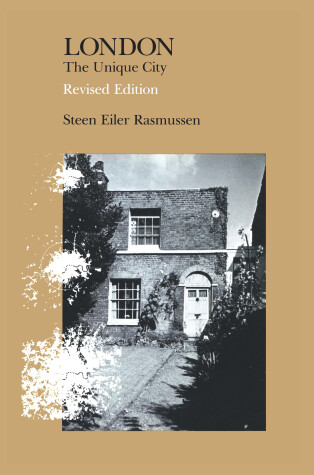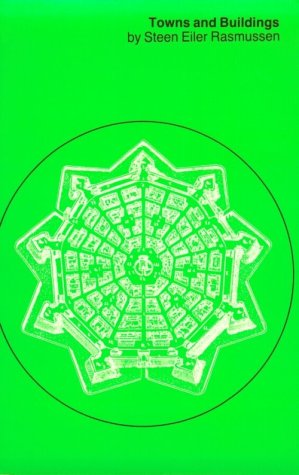The MIT Press
3 total works
This study of London and of English social history and manners traces the city's growth from its original walls, emphasizing how the lives of its people shaped the character of the city. Since its first publication in 1934, the book has become a minor classic on the subject. This revised edition contains a new chapter, "Forty Years After: An Essay on London New Towns," in which Rasmussen describes the New London as a continuation and perfection of the special pattern of the 17th and 18th centuries which made it so completely different from other continental cities planned during that period. There are also some new views on historic London, an account of the old English system of measures that was basic to residential London's original layout, and additional illustrations.
A classic examination of superb design through the centuries.
Widely regarded as a classic in the field, Experiencing Architecture explores the history and promise of good design. Generously illustrated with historical examples of designing excellence-ranging from teacups, riding boots, and golf balls to the villas of Palladio and the fish-feeding pavilion of Beijing's Winter Palace-Rasmussen's accessible guide invites us to appreciate architecture not only as a profession, but as an art that shapes everyday experience.
In the past, Rasmussen argues, architecture was not just an individual pursuit, but a community undertaking. Dwellings were built with a natural feeling for place, materials and use, resulting in"a remarkably suitable comeliness." While we cannot return to a former age, Rasmussen notes, we can still design spaces that are beautiful and useful by seeking to understand architecture as an art form that must be experienced. An understanding of good design comes not only from one's professional experience of architecture as an abstract, individual pursuit, but also from one's shared, everyday experience of architecture in real time-its particular use of light, color, shape, scale, texture, rhythm and sound.
Experiencing Architecture reminds us of what good architectural design has accomplished over time, what it can accomplish still, and why it is worth pursuing. Wide-ranging and approachable, it is for anyone who has ever wondered "what instrument the architect plays on."
Today's bustling tourism has proved itself a double-edged sword: on the one hand it acquaints great numbers of people with cities and sights they might otherwise have missed; on the other it focuses on individual landmarks that the city as a whole is obscured and confused. Steen Eiler Rasmussen concentrates here on the town as a unity, as a whole composed of buildings and places.
Most of the town plans are scaled to 1:20,000 for easy over-all comparison; several famous places are reduced to 1:2000 for closer comparison. The buildings are for the most part presented in three views: the first, en face: then the same view, minus the facade; and finally a top view, as if the upper stories had been removed. The result is a picture not of static facade and monument but of rooms and houses and towns where people live.


